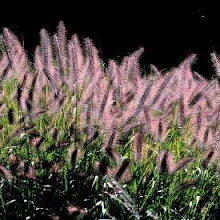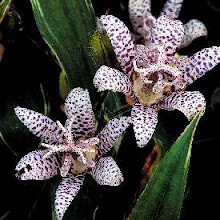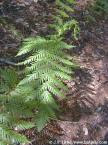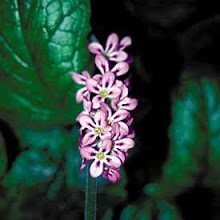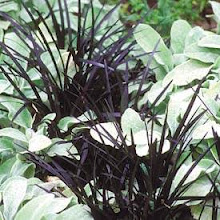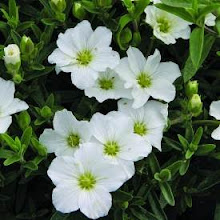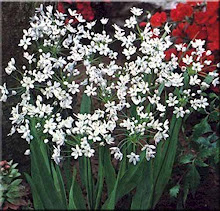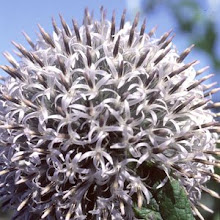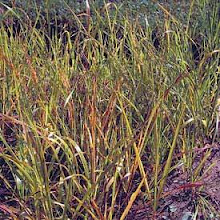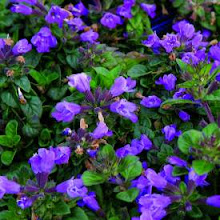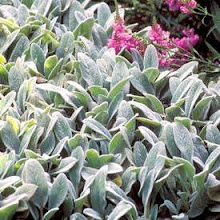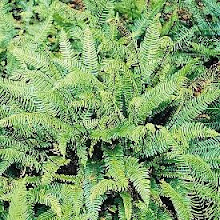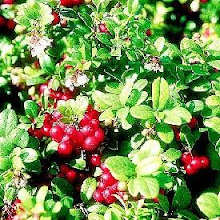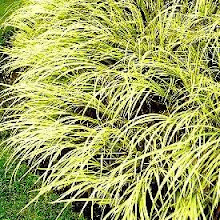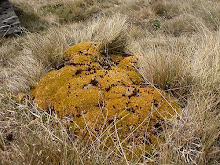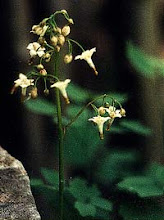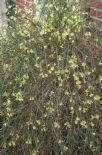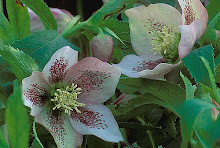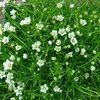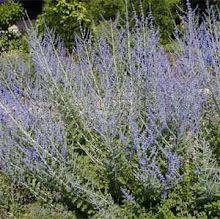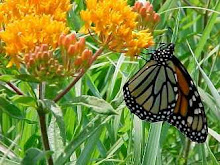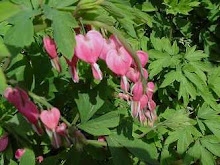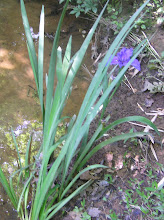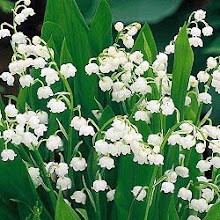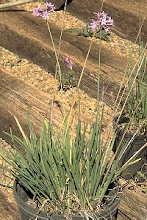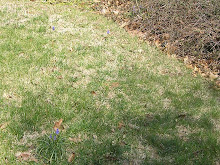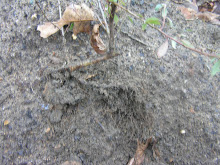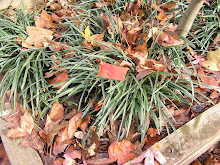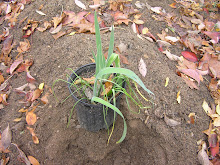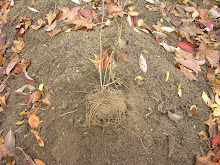Calibrachoa is closely related to the petunia and can only be propagated from seeds or cuttings, since they are only hardy in Zone 10 and are patent protected. It blooms from late spring until autumn and the colors available in the hybrid “Mission Bells” range from white, purple/blue, soft lavender/pink, hot pink, cherry pink, apricot, and yellow. When taking cuttings the growing medium should be kept moist, but not in peat pots, and should be drenched in a fungicide after transplanting. Their blooms are smaller but double the quantity of petunias and are great in hanging baskets or planters and need to be feed with a high nitrogen fertilizer every two weeks throughout the growing season. A plant worthwhile growing from seed annually or by ordering cuttings to spruce up a patio or deck, but do not overwater, since they are prone to root rot. They grow up to 7" and the sun loving blooms in well draining soil are self cleaning unlike petunias which means the plants discards the old blooms so new ones can take their place. I saw this plant in a magazine article and had to learn more about it. Gorgeous!









































